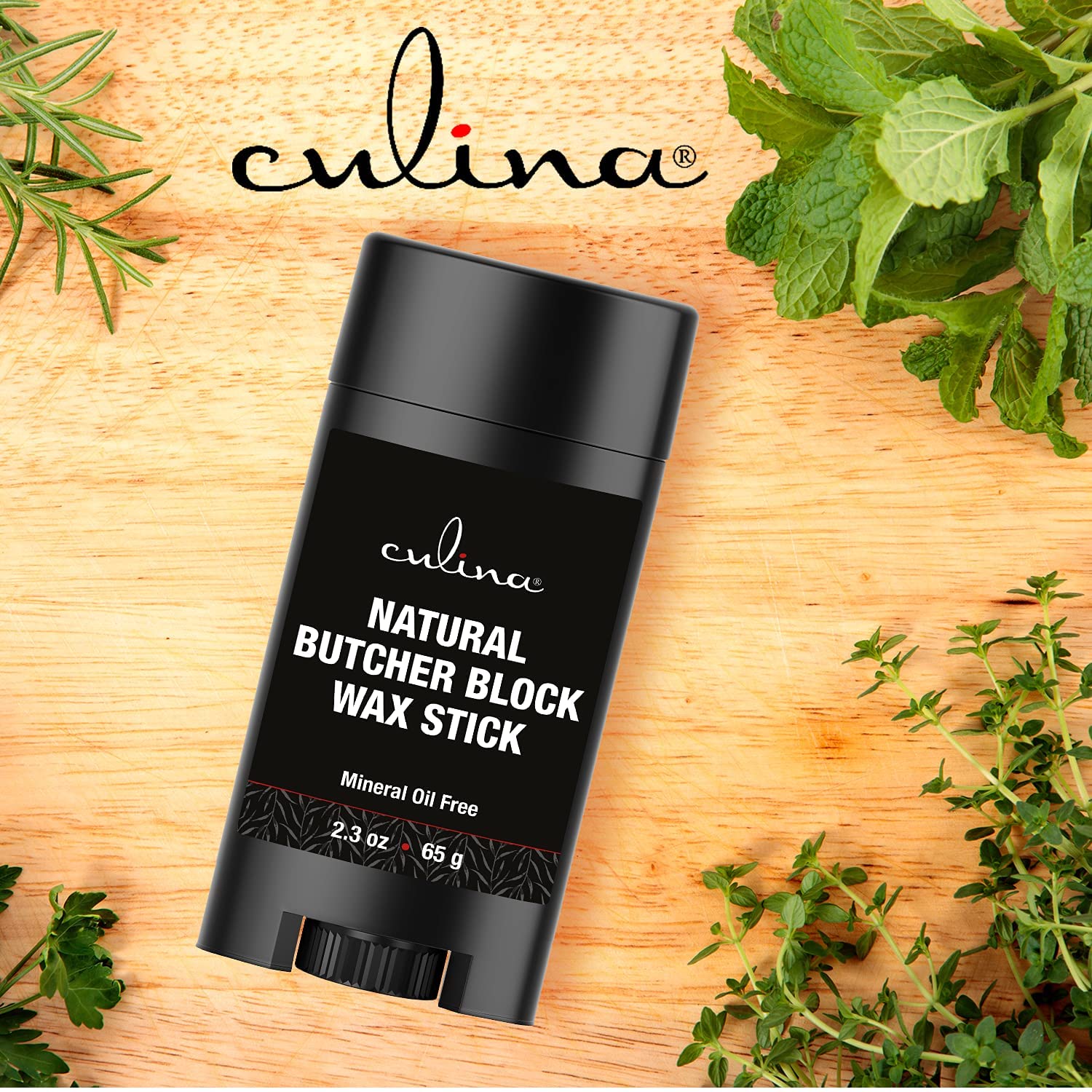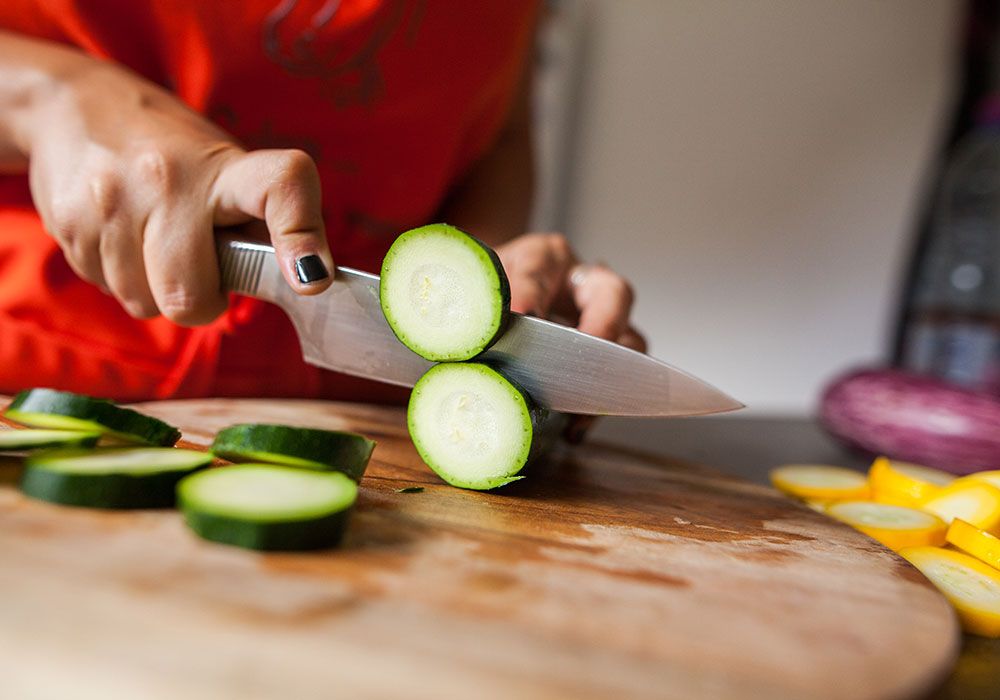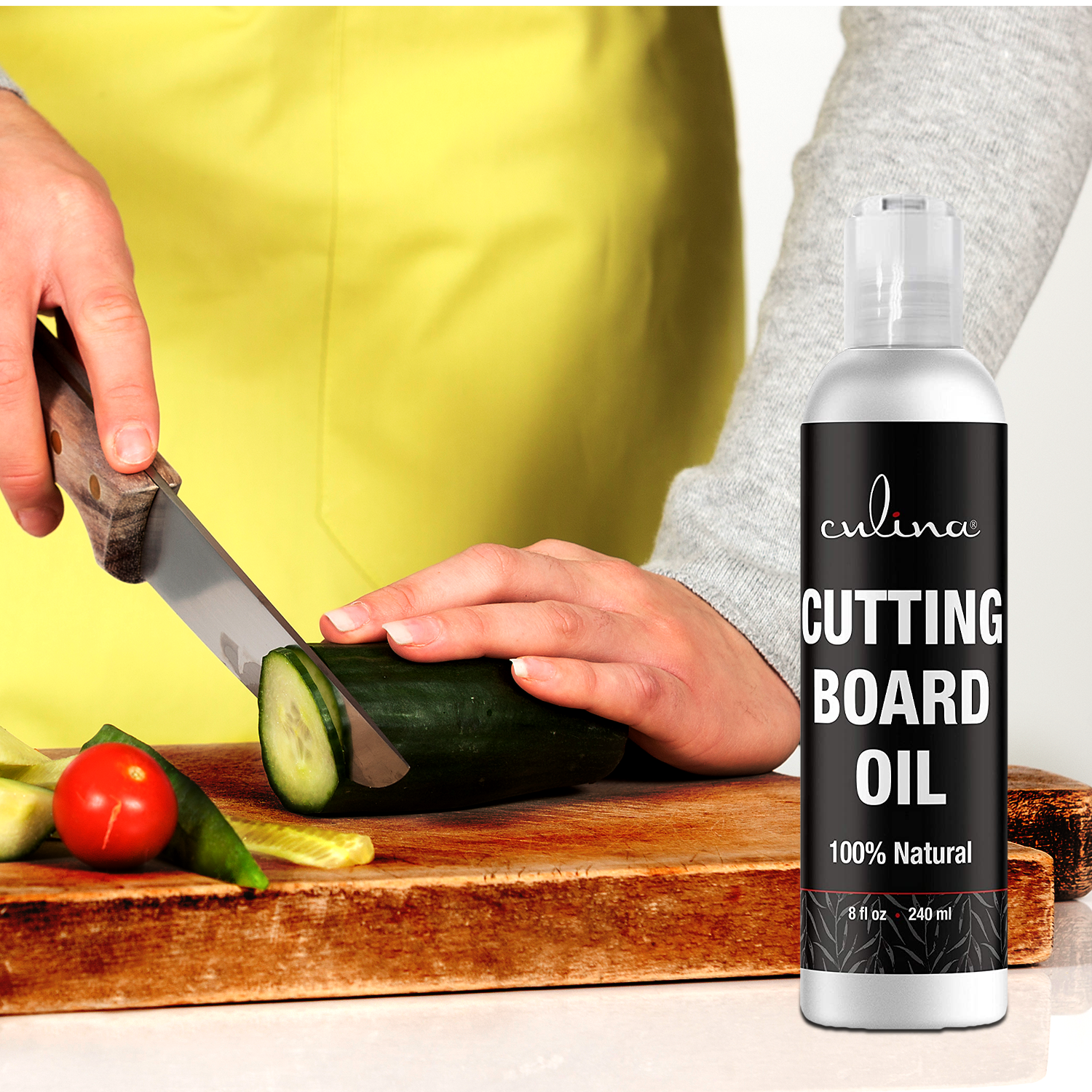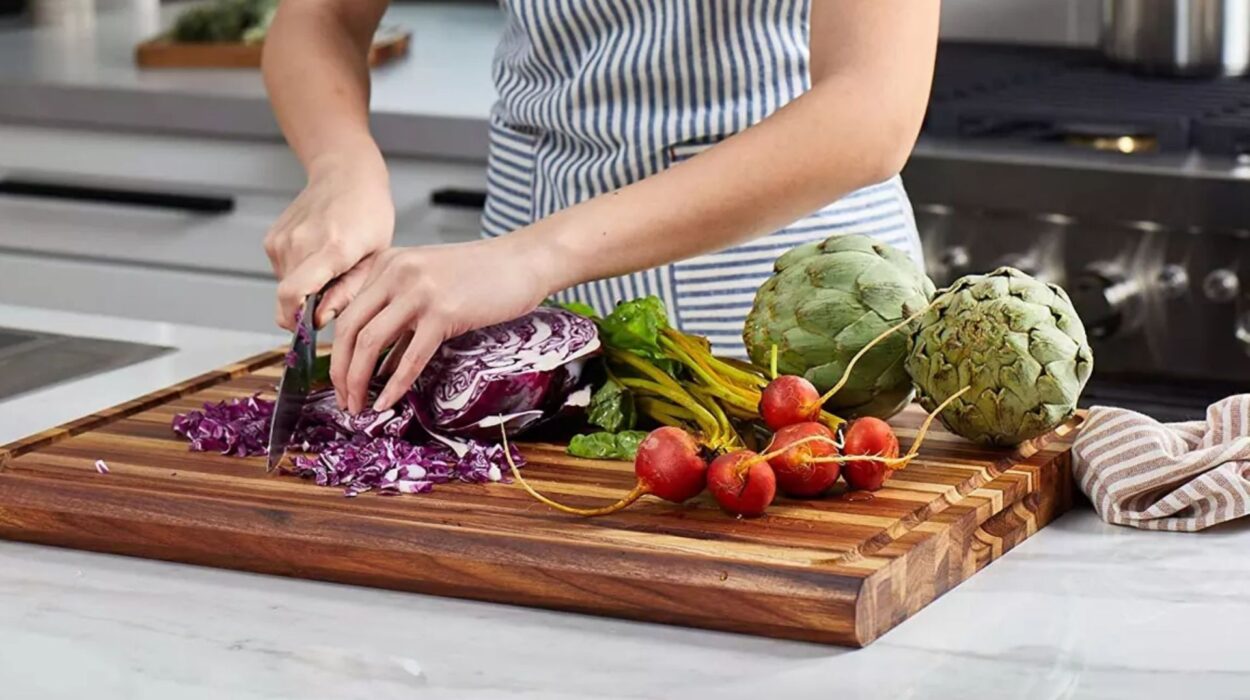Finishing a cutting board is an essential step in ensuring its longevity and functionality. Whether you are a seasoned kitchen professional or a home cook, knowing how to finish a cutting board can make a tremendous difference in your kitchen routine. Cutting boards are not just tools but investments. Properly finishing a cutting board not only protects it but also enhances its aesthetic appeal.

Why Finishing Your Cutting Board is Important
A finished cutting board is more resistant to moisture, stains, and bacteria. This makes it safer to use for food preparation. Moreover, a well-finished cutting board has a longer lifespan.

Types of Cutting Boards
Wooden Cutting Boards
Wooden cutting boards are popular due to their durability and ability to self-heal. They can be made from different types of wood, each with its unique properties.
Bamboo Cutting Boards
Bamboo cutting boards are eco-friendly and harder than traditional wooden boards. However, they require specific finishing techniques to retain their toughness.
Plastic Cutting Boards
Plastic cutting boards are lightweight and easy to clean. Though they do not require finishing, understanding their maintenance can still be beneficial.

Materials Needed for Finishing a Cutting Board
- Sandpaper (Various grits)
- Mineral oil
- Beeswax
- Clean, lint-free cloths
Preparing Your Cutting Board
Cleaning the Cutting Board
Before you begin the finishing process, it is crucial to clean your cutting board thoroughly. Use warm water and mild dish soap to remove any debris or grease. Dry the cutting board completely to prevent any moisture from interfering with the finishing process.
Sanding the Cutting Board
Start by sanding the cutting board with coarse-grit sandpaper (around 80-grit) to remove any deep scratches and imperfections. Progress to finer grits (120, 220, and finally 320) to achieve a smooth surface. Always sand in the direction of the wood grain to avoid scratches.
Applying the Finish
Using Mineral Oil
Apply a generous amount of mineral oil onto the surface of the cutting board using a clean, lint-free cloth. Allow the oil to penetrate the wood for about 20 minutes. Repeat this process until the wood stops absorbing the oil. This ensures that the cutting board is thoroughly saturated and protected.
Making a Beeswax and Mineral Oil Mixture
To give your cutting board an extra layer of protection, consider creating a beeswax and mineral oil mixture. Melt the beeswax and mix it with mineral oil in a 1:2 ratio. Once the mixture cools and solidifies, rub it onto the cutting board using a clean cloth. Buff the surface to achieve a smooth, shiny finish.
Maintenance Tips for Your Finished Cutting Board
Regular Oiling
To maintain the finish and extend the life of your cutting board, oil it regularly. The frequency depends on how often you use the board, but a good rule of thumb is to oil it once a month.
Proper Cleaning
Avoid submerging the cutting board in water or putting it in the dishwasher. Instead, wipe it down with a damp cloth and mild soap, then dry it immediately.
Stain Removal
If your cutting board gets stained, use a mixture of baking soda and water to scrub the stain gently. Rinse and dry the board thoroughly after cleaning.
FAQ
How often should I oil my cutting board?
It is recommended to oil your cutting board at least once a month to maintain its finish and prevent it from drying out.
Can I use olive oil to finish my cutting board?
It is best to avoid using food-based oils like olive oil or vegetable oil as they can go rancid. Mineral oil is a better option as it is food-safe and does not spoil.
What type of cloth should I use for applying oil?
Use a clean, lint-free cloth to apply oil. This prevents any fibers from getting stuck on the surface of the cutting board.
Conclusion
Knowing how to finish a cutting board properly can make a big difference in your kitchen’s functionality and aesthetics. Whether it’s a wooden, bamboo, or plastic cutting board, each requires specific care and finishing techniques. By following the steps outlined in this guide, you can ensure your cutting board remains in top condition, serving you well for many years to come.
For more detailed guides on kitchen tools and techniques, visit pork chop, Shrimp gas grill, chicken kabobs . Additionally, learn more about cutting board maintenance here.
As an Amazon Associate, I earn from qualifying purchases.


